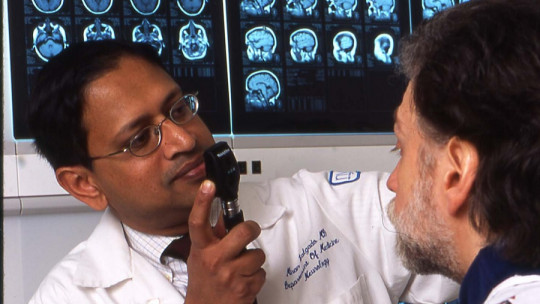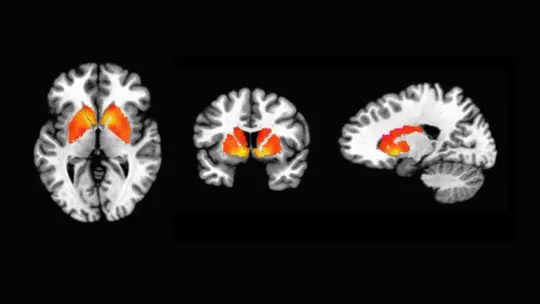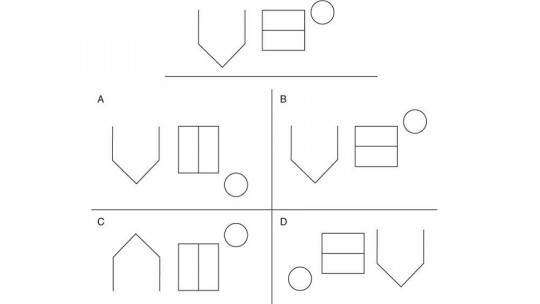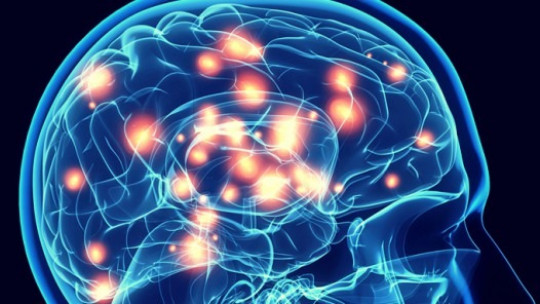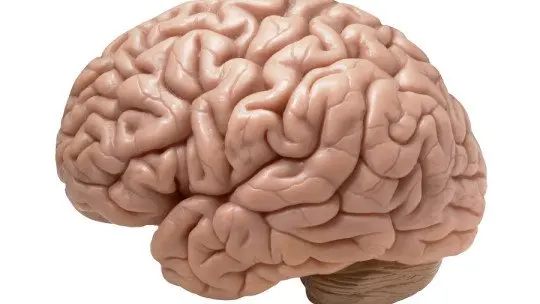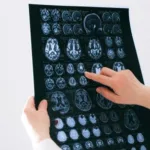
Psychological evaluation includes a wide variety of techniques aimed at evaluating different personality traits, psychological and neurological functions, intelligence, etc. Here We will learn about the Luria-Christensen Neuropsychological Test a neuropsychological battery of great impact.
Neuropsychological functions include areas of the person such as motor, visual, spatial function, language, etc. We are going to know in detail what areas this test evaluates and what its characteristics are.
Luria-Christensen neuropsychological test: characteristics
The Luria-Christensen Neuropsychological Test is a neuropsychological battery constructed by Alexander Romanovich Luria (1974) and reviewed by Anne L. Christensen (1978). He comes from the European neuropsychological school, which focused on a more qualitative than quantitative evaluation, by not counting normative data.
This test is widely used in nurology and nuropsychology for the diagnosis of different brain functions. Battery It is based on Luria’s theory of Functional Systems
Functions that evaluate
There are many functions that the test evaluates. Specifically, the following:
Technical sheet of this test
At a technical level, the components (material) of the Luria-Christensen Neuropsychological Test include the manual, a box of cards, the test itself, a booklet for the child, and a booklet for the examiner
The age of application is from 7 years old. It is for individual application and the application time is variable.
Versions of the Luria-Christensen Test
There are different versions of the Luria-Christensen Neuropsychological Test:
Let’s get to know them in detail.
1. Luria-Initial Battery
Designed by doctors Ramos and Manga, this battery arose from many years of research and experience with Luria instruments, and tries to respond to the evaluation needs of the childhood period
It covers an age range not covered until now, from 4 to 6 years. This is a continuation of the Luria-DNI battery, and the latter in turn represents a continuation of the Luria-DNA battery. All of them are sensitive to human development. Furthermore, the test allows an exploration of the subject’s manual laterality.
2. Luria-DNI Battery
Also developed by professors Manga and Ramos in 1991, it follows the previous one. It was developed using Luria’s methods. to analyze higher processes at a neuropsychological level It has different scales: level of 7 years old, level of 8 years, level of 9 years and level of 10 years and older.
3. Luria-DNA Battery
It is a neuropsychological battery designed, in the same way, by professors Manga and Ramos (1999), based on the material prepared by Christensen.
The battery allows obtaining a comprehensive neuropsychological profile of a person in five domains: visuospatial, oral language, memory, intellectual and attentional control, and evaluates from 7 years old. Its objective is to neuropsychologically analyze higher processes in adults.
Spanish adaptation: Manga and Ramos test
Based on Luria-Christensen’s proposal, Manga and Ramos make the Spanish adaptation, which evaluates 4 areas: visual-spatial, language, memory and intellectual processes.
Each of these areas includes different subtests:
In addition, they add one more subtest not included in any specific area: attentional control Finally, a total score is obtained by adding all the subtest scores, from which a global neuropsychological profile of the subject is obtained.

